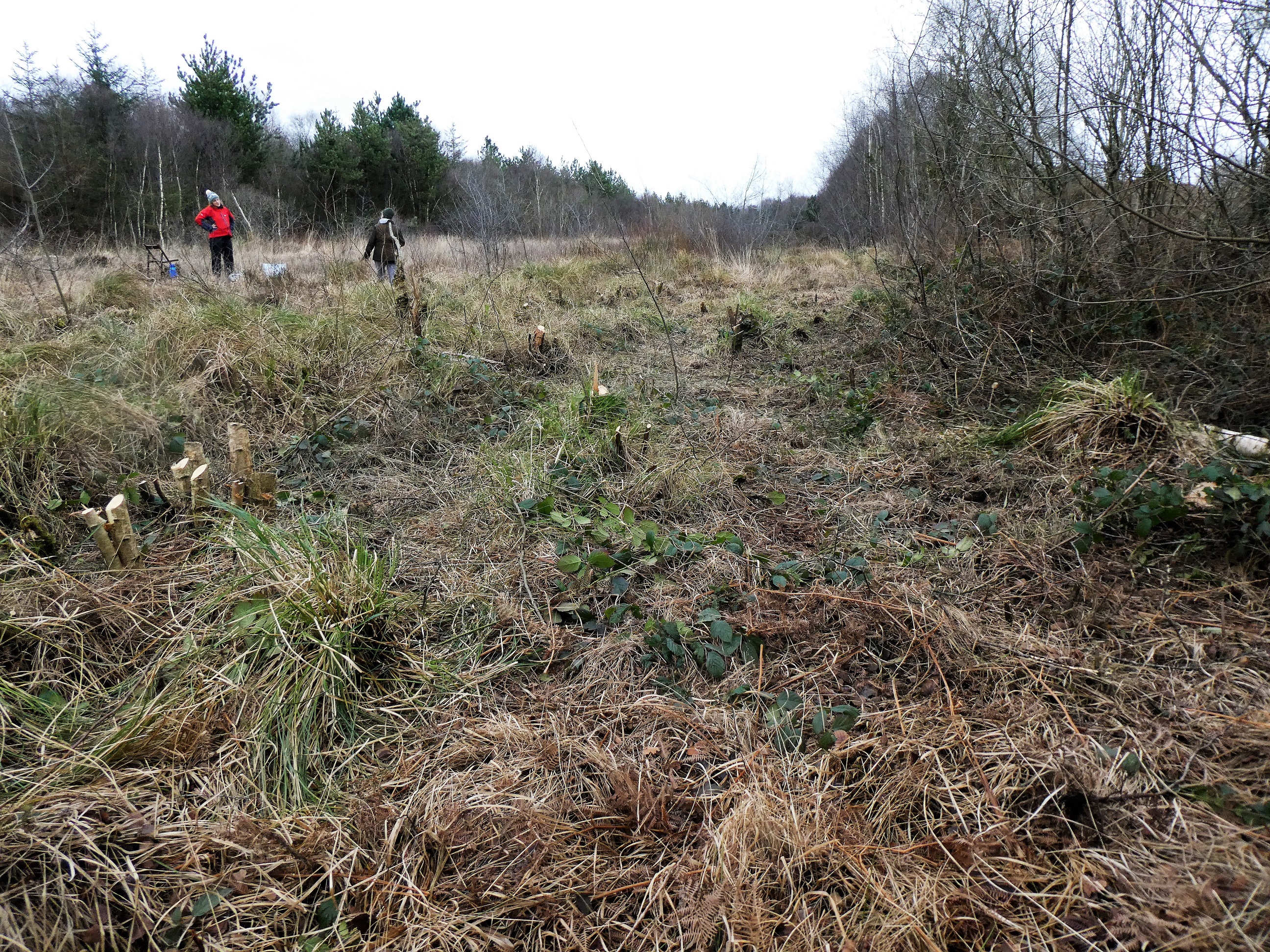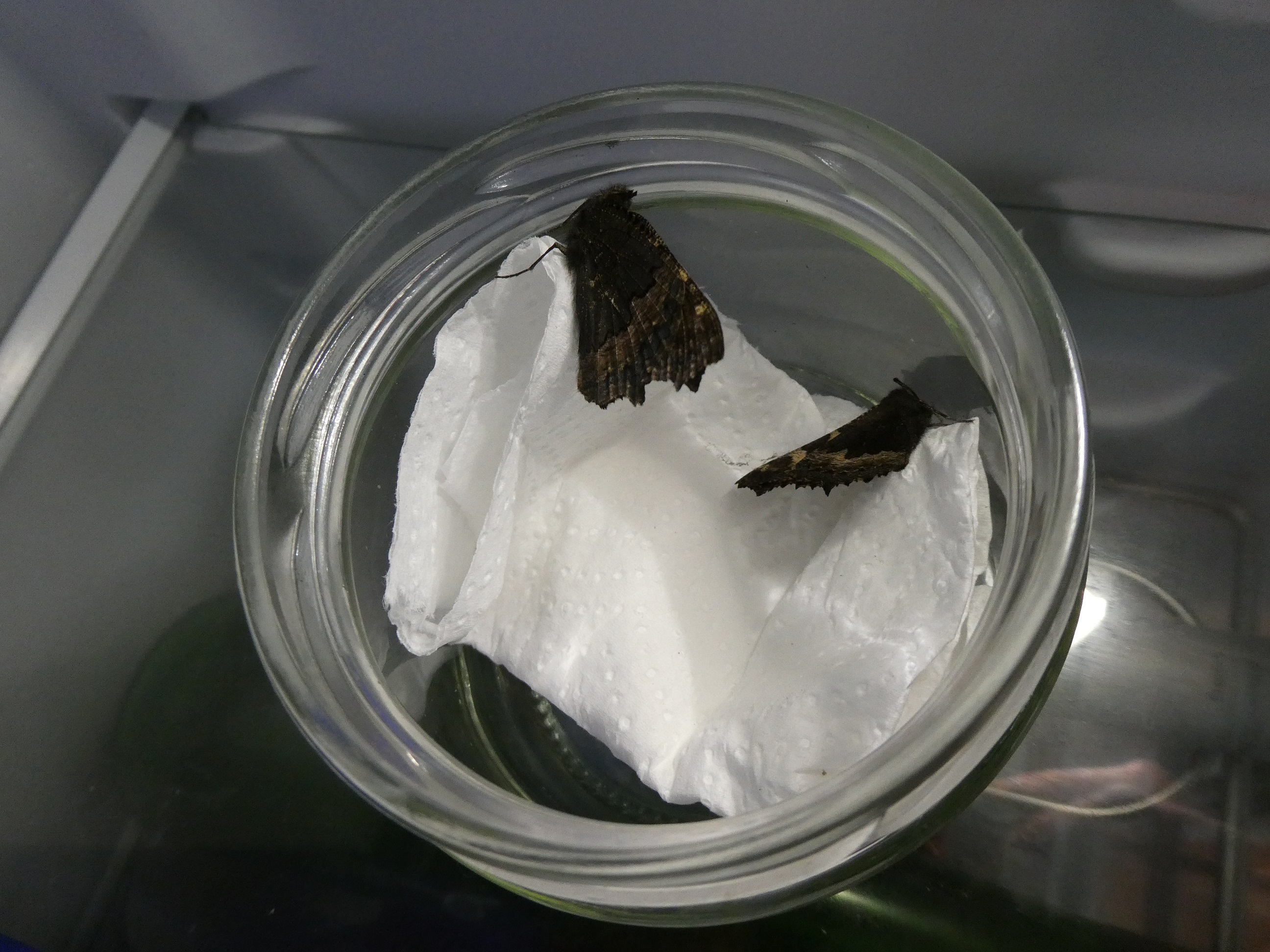From the state of Michoacán in Mexico comes the sad and disturbing news of the violent deaths of two butterfly guides, Homero Gómez and Raúl Hernández who were protecting the Oyamel fir forest habitat of over-wintering Monarch butterflies.
The Oyamel fir forest is a Monarch butterfly forest located in part of Michoacan, Mexico and Mexico City, Mexico. Billions of butterflies migrate from Canada and the United States to Mexico to hibernate during the winter. The clusters of Monarch butterflies bedecking tall forest trees with their orange wings is one of the greatest natural sights on Earth. Their migration constitutes “70% of the total overwintering population of the Monarch butterfly’s eastern population” (UNESCO, 2013), becoming one of the most dramatic and spectacular migrations of all insects. The monarch butterfly has an important value to the environment and the culture. Because of the number of Monarch Butterflies migrating, they are one of the greatest pollinators in America (Taylor, 2009).
Oyamel fir forest has been illegally logged, therefore the ecosystems and the Monarch butterflies are under threat. The World Wildlife Fund data reveals that “[a]ccording to a survey carried out during the 2012-2013 winter season by the WWF-Telcel Alliance, and Mexico’s National Commission of Protected Areas (CONAP), the nine hibernating colonies occupy a total area of 2.94 acres of forest—representing a 59% decrease from the 2011-2012 survey of 7.14 acres. The migration of these insects is endangered to extinction threatening the equilibrium of the continent’s environment.
Homero Gómez, one of best-known guardians of the monarch butterfly in Mexico and a leader of the ejido (a Mexican cooperative system of community and shared ownership) disappeared on January 13. Mr Gómez’s body was found in a well on 29 January. The state attorney has stated that the death was an accident. Officials initially said his body showed no signs of violence, but a post mortem examination revealed he had suffered a blow to the head before drowning in the well.
However, a second guide, Raúl Hernández, 44, disappeared on Monday 27 January. His body was found six days later at the top of a hill in the El Campanario Monarch butterfly sanctuary. Forensic experts said his body was covered in bruises and he had a deep wound to his head. An investigation into his death is underway.
Conservationists fear his death may be linked to that of Homero Gómez. Gómez’s family said that prior to his disappearance, the activist had received threats warning him to stop his campaign against illegal logging.
He was a tireless campaigner for the conservation of the Monarch and the pine and fir forests where it hibernates. The sanctuary he managed opened in November as part of a strategy to stop illegal logging in the area, which is a key habitat for the species. He was also involved in reafforestation.
Mexico has serious corruption and criminality problems. In 2019 there were 34,582 recorded killings, the highest rate ever. In Michoacán 53 police officers were detained recently by prosecutors in connection with the disappearance of Gómez. The justice system in Mexico allows offences to go unpunished, with only 3% of murders in Michoacán state solved.
This background of corruption and violence makes the conservation work of Gómez and his community all the more remarkable. He knew his life was under threat yet he refused to be intimidated. Homeo was committed to saving the hibernation habitat of the Monarch and his community’s environment.
At Homero Gómez’s funeral, a handful of monarch butterflies flew into the church in Ocampo and fluttered above the congregation. In Mexican culture, the monarch is considered the soul of the recently departed as its annual return to Mexico coincides with Day of the Dead on 2 November.
His son, also named Homero, says that Homero Gómez firmly held that belief too: “We know he will return in the form of millions of butterflies in November.”




